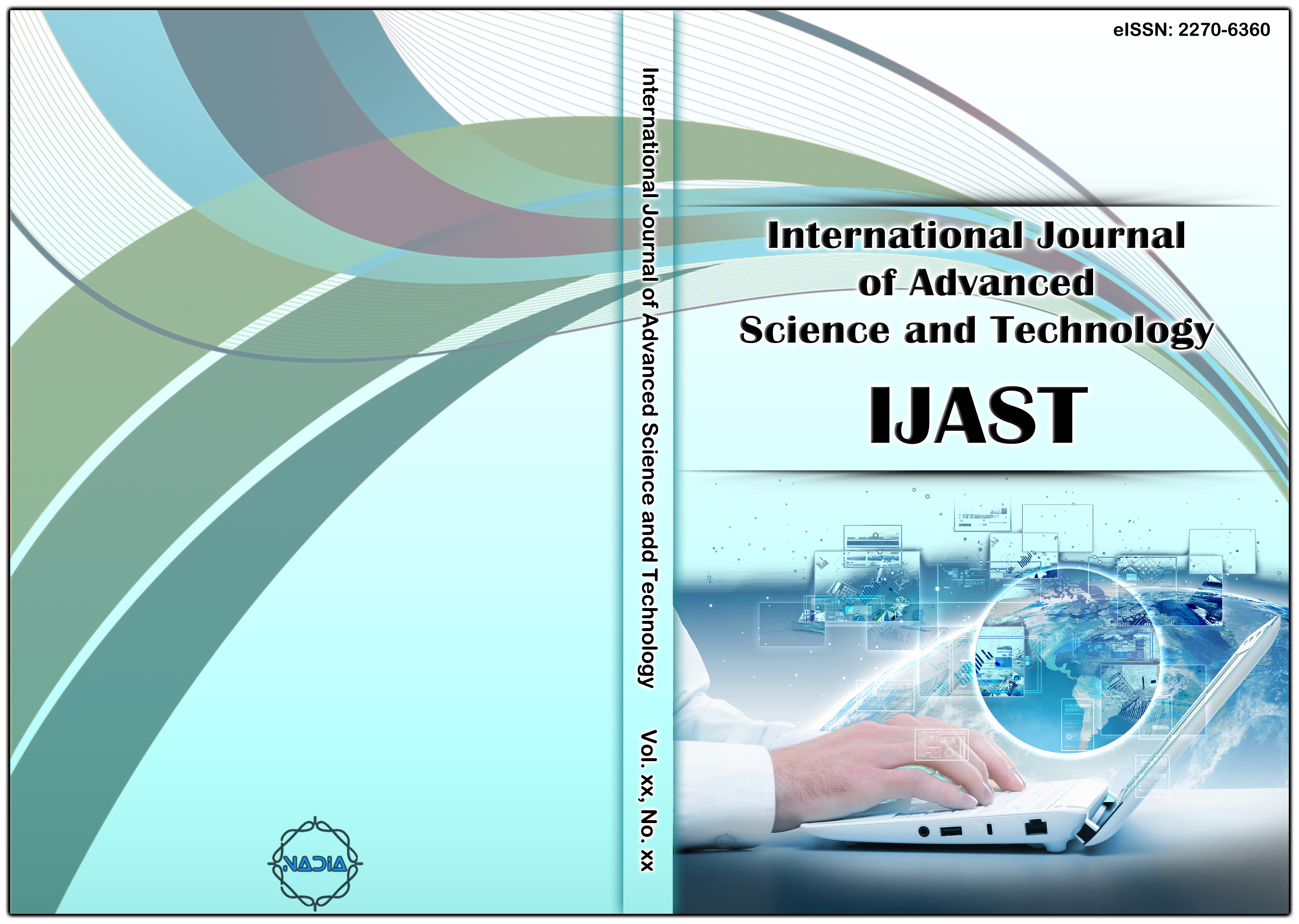[1] Tharwat, A., Houssein, E. H., Ahmed, M. M., Hassanien, A. E., & Gabel, T. (2017), “MOGOA algorithm for constrained and unconstrained multi-objective optimization problems”, Applied Intelligence, 1-16.
[2] Said, S., Mostafa, A., Houssein, E. H., Hassanien, A. E., & Hefny, H. (2017, September), “Moth-flame Optimization Based Segmentation for MRI Liver Images”, In International Conference on Advanced Intelligent Systems and Informatics (pp. 320-330), Springer, Cham.
[3] Jindal S., “A Systematic Way for Image Segmentation Based on Bacteria Foraging Optimization Technique (Its implementation and analysis for image segmentation)”, International Journal of Computer Science and Information Technologies, vol. 5 (1), 2014, 130-133.
[4] Alomoush W., Sheikh Abdullah S. N., Sahran S., Hussain R. Q., “MRI Brain Segmentation via Hybrid Firefly Search Algorithm”, Journal of Theoretical and Applied Information Technology, Vol. 61 No., March 2014.
[5] Jagadeesan R., “An Artificial Fish Swarm Optimized Fuzzy MRI Image Segmentation Approach for Improving Identification of Brain Tumour”, International Journal on Computer Science and Engineering (IJCSE), Vol. 5, No. 07, 2013.
[6] Liang Y., Yin Y., “A New Multilevel Thresholding Approach Based on The AntColony System and the EM Algorithm”, International Journal of Innovative Computing, Information and Control, Vol. 9 No. 1, 2013.
[7] Sivaramakrishnan A., Karnan M., “Medical Image Segmentation Using Firefly Algorithm and Enhanced Bee Colony Optimization”, International Conference on Information and Image Processing (ICIIP-201), China, 2014, pp. 316-321.
[8] K. Ramanjot, B. Baba, K. Lakhwinder, G. Savita, “Enhanced K-Mean Clustering Algorithm for Liver Image Segmentation to Extract Cyst Region”, IJCA Special Issue on Novel Aspects of Digital Imaging Applications DIA, 2011.
[9] A. G. Hussien, E. H. Houssein and A. E. Hassanien, “A binary whale optimization algorithm with hyperbolic tangent fitness function for feature selection”, 2017 Eighth International Conference on Intelligent Computing and Information Systems (ICICIS), Cairo, Egypt, 2017, pp. 166-172.
[10] A. G. Hussien, E. H. Houssein, A. E. Hassanien, S. Bhattacharyya and M. Amin, “S-shaped binary whale optimization algorithm for feature selection”, First International Symposium on Signal and Image Processing (ISSIP 2017), RCC Institute of Information Technology, Kolkata, India, November 01-02, 2017.
[11] A. G. Hussien, E. H. Houssein and A. E. Hassanien, “Swarming behaviour of salps algorithm for predicting chemical compound activities”, 2017 Eighth International Conference on Intelligent Computing and Information Systems (ICICIS), Cairo, Egypt, 2017, pp. 166-172.
[12] Y. Maziar, and F. Jolai. “Lion Optimization Algorithm (LOA): A nature-inspired metaheuristic algorithm”, Journal of Computational Design and Engineering 3.1 (2016): 24-36.
[13] Sabeti, Malihe, et al. “Selection of relevant features for EEG signal classification of schizophrenic patients”, Biomedical Signal Processing and Control 2.2 (2007): 122-134.
[14] W. Qiang, and Ding-Xuan Zhou, “Analysis of Support Vector Machine Classification”, Journal of Computational Analysis & Applications 8.2 (2006).
[15] Hamad, A., Houssein, E. H., Hassanien, A. E., & Fahmy, A. A. (2017, September), “A Hybrid EEG Signals Classification Approach Based on Grey Wolf Optimizer Enhanced SVMs for Epileptic Detection”, In International Conference on Advanced Intelligent Systems and Informatics (pp. 108-117). Springer, Cham.
[16] O. Nobuyuki, “A Threshold Selection Method from Gray-Level Histograms”, IEEE Transaction on on Systems, Man, and Cybernetics, VOL. SMC-9, NO. 1, January 1979.
[17] M. Kowalczyk, P. Koza, P. Kupidura, “Application of mathematical morphology operations for simplification and improvement of correlation of image in close-range photomography”, The International Archives of the Photogrammetry, Remote Sensing & Spatial Information Sciences. Vol. 37. Beijing, 2008.
[18] Houssein, E.H., Ali, M.A. and Hassanien, A.E., 2016, September, “An image steganography algorithm using haar discrete wavelet transform with advanced encryption system”, In 2016 Federated Conference on Computer Science and Information Systems (FedCSIS) (pp. 641-644). IEEE.
[19] I. Vanhamel, I. Pratikakis, “Multiscale gradient watersheds of color images”, IEEE Trans. Image Process., Vol. 12, 2003.
[20] Zweig, Mark H., and Gregory Campbell, “Receiver-operating characteristic (ROC) plots: a fundamental evaluation tool in clinical medicine”, Clinical chemistry 39.4 (1993): 561-577.
[21] Zhang, Xuejun, et al., “Effective staging of fibrosis by the selected texture features of liver: Which one is better, CT or MR imaging?”, Computerized Medical Imaging and Graphics, 2015, pp. 227-236.
[22] Gorunescu, Florin, et al. “Intelligent decision-making for liver fibrosis stadialization based on tandem feature selection and evolutionary-driven neural network”, Expert Systems with Applications 39.17 (2012): 12824-12832.
[23] Kayaalt, mer, et al. “Liver fibrosis staging using CT image texture analysis and soft computing.” Applied Soft Computing 25 (2014): 399-413.
[24] Lara, James, et al. “Computational models of liver fibrosis progression for hepatitis C virus chronic infection”, BMC bioinformatics 15.8 (2014): S5.
[25] Belciug, Smaranda, Monica Lupsor, and Radu Badea, “Features selection approach for non-invasive evaluation of liver fibrosis”, Annals of the University of Craiova Mathematics and Computer Science Series 35 (2008): 15-20.
[26] Stoean, Ruxandra, et al. “Evolutionary-driven support vector machines for determining the degree of liver fibrosis in chronic hepatitis C”, Artificial Intelligence in Medicine 51.1 (2011): 53-65.
